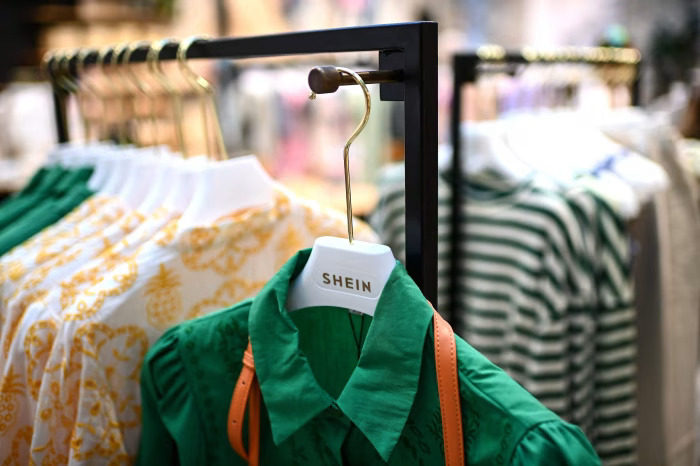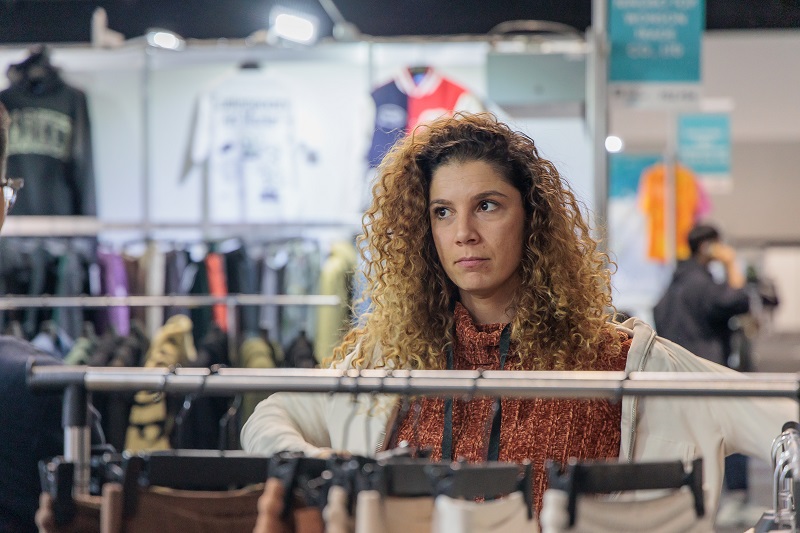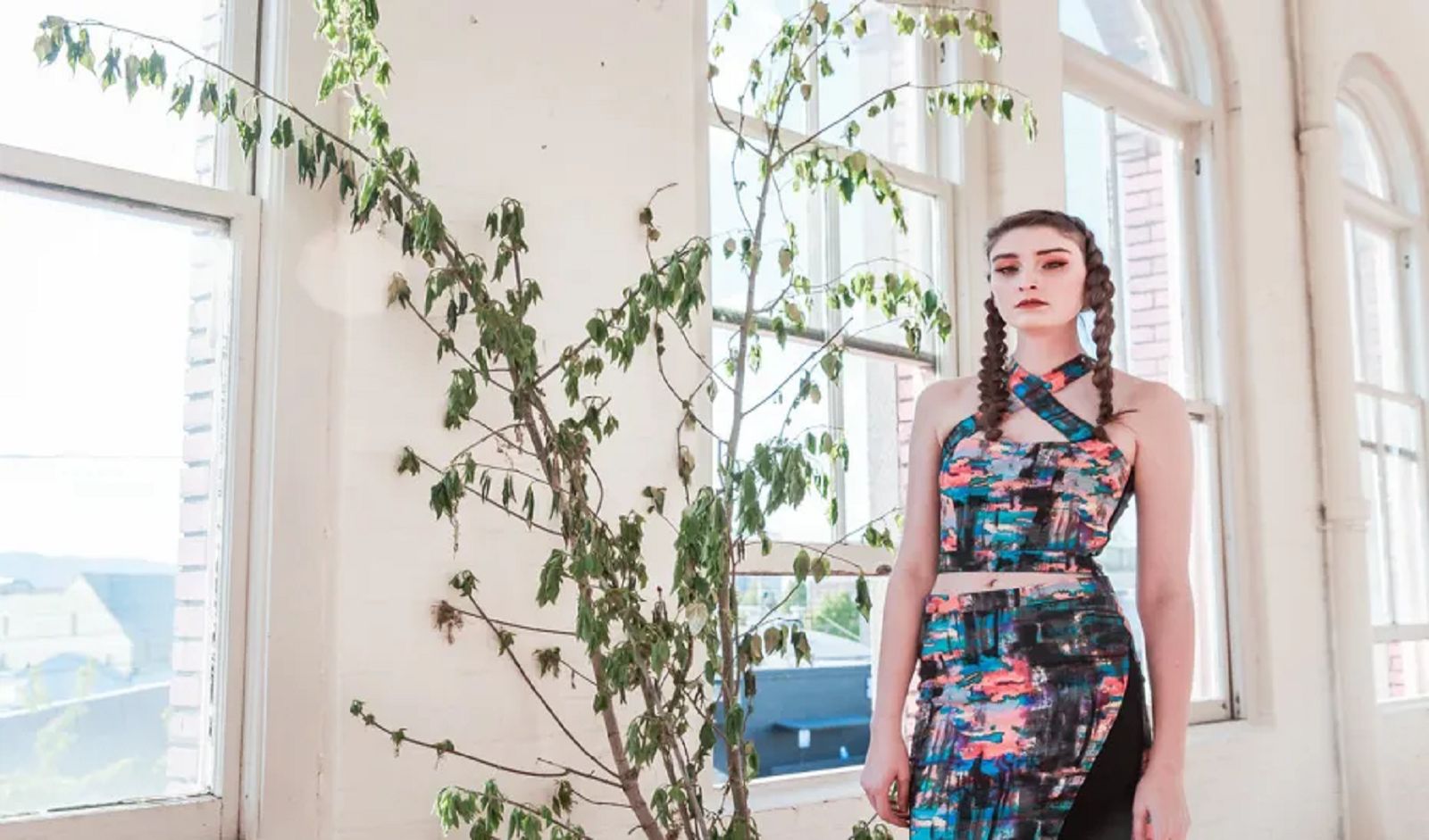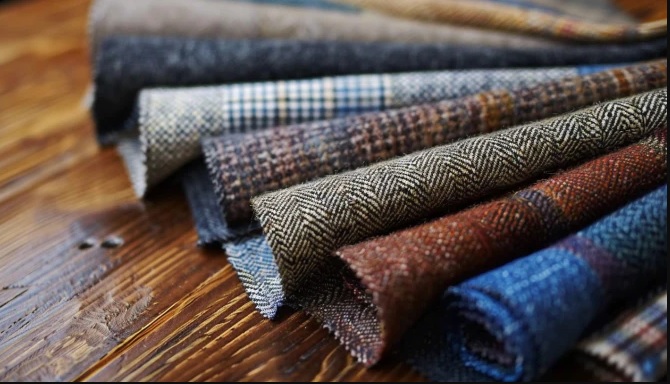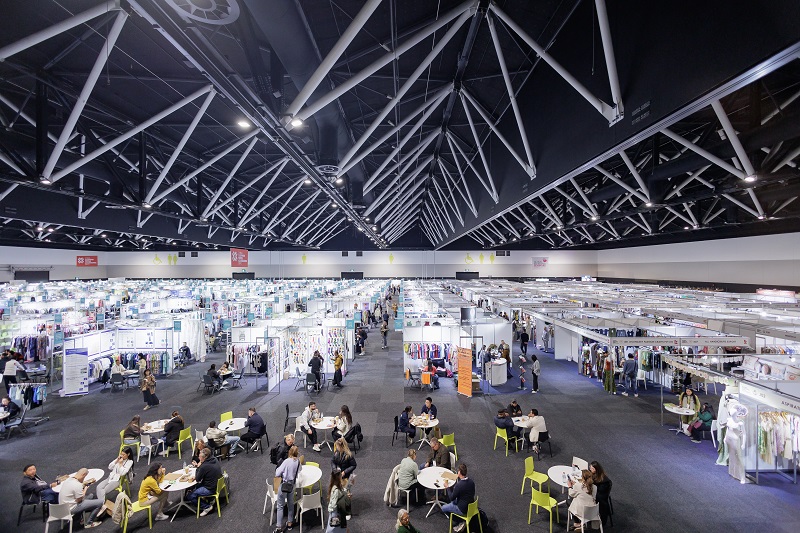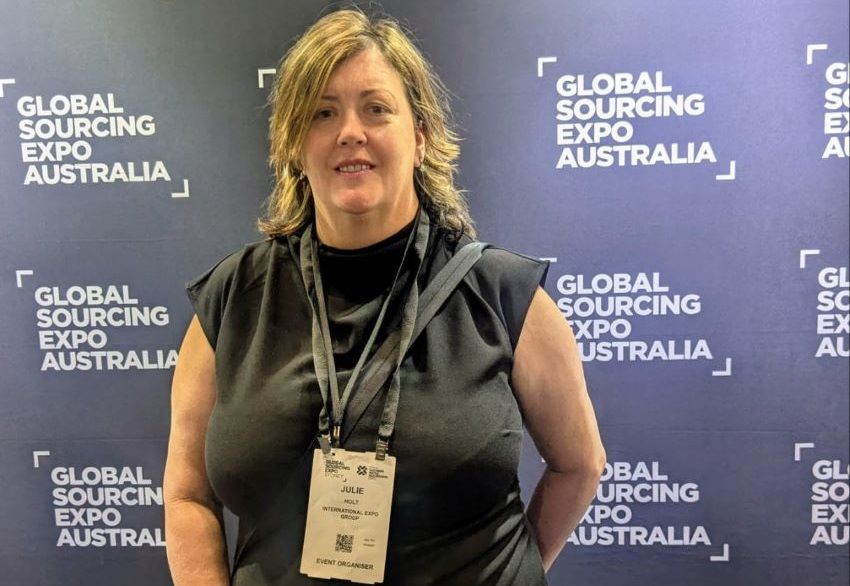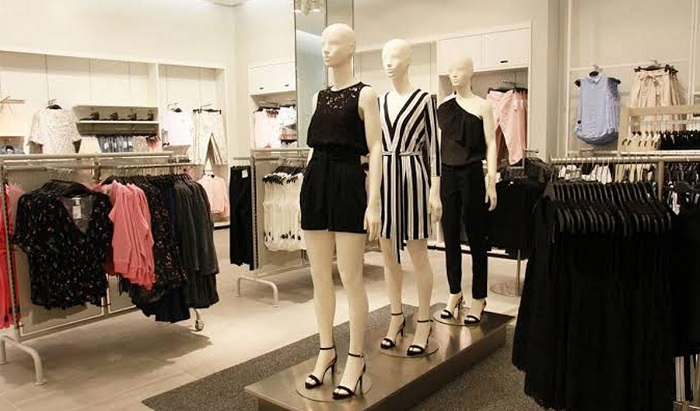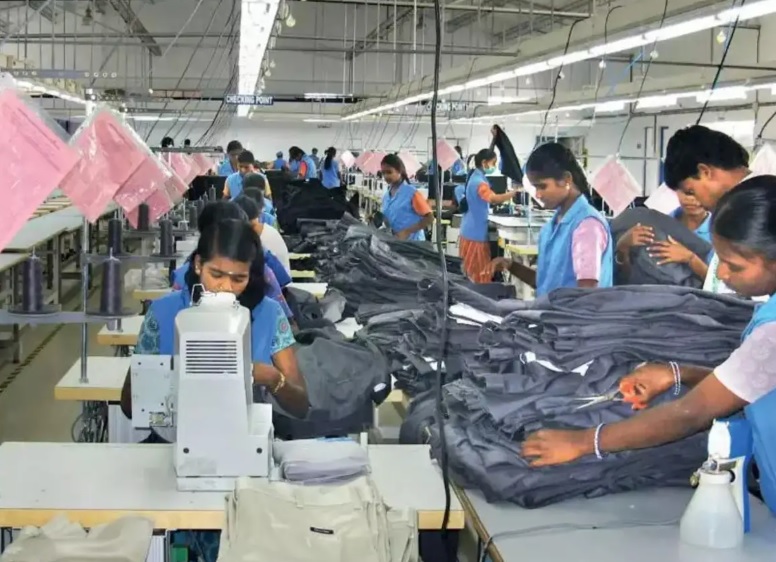FW
The Ministry of Agriculture and the Ministry of Industry in Egypt have collaborated with the United Nations Industrial Development Organisation (UNIDO) to launch the second phase of the Egyptian Cotton Project. Initiated with an aim to enhance sustainability across the cotton value chain, this initiative focuses on environmental, economic, and social advancements.
The project seeks to enhance the cotton industry processes, from cultivation through to textile production, to boost competitiveness amid a fast-changing global market. It also aims to help the sector to adhere to international sustainability standards, thus contributing significantly to Egypt’s economy. Long recognised as a cornerstone of the nation’s textile industry, the Egyptian cotton sector plays a crucial role in economic growth and job creation, impacting everything from raw cotton production to garment manufacturing.
Building on the initial project, running from 2018 to 2021, the project aims to support to cotton farmers and industry stakeholders, with the Egypt Cotton Research Institute as a key partner. It will focus on expanding cotton cultivation in key areas such as Kafr El-Sheikh and Damietta and offer training in both traditional and organic farming techniques.
Introduced in Egypt in 2020, UNIDO’s Better Cotton certification was the first sustainability standard tailored specifically for Egyptian cotton. This certification aligns with global sustainability objectives and now covers 25 per cent of the world’s cotton production. Initially starting with 1,600 farmers, the Better Cotton initiative has since grown to include 13,700 farmers across six governorates, with increasing engagement from the private sector.
According to Egypt’s Central Agency for Public Mobilisation and Statistics (CAPMAS), the total cotton cultivation area reached 237,700 acre in the fiscal year 2020/2021, with Kafr El-Sheikh contributing 85,500 acre. The demand for Egyptian cotton remains robust, with India identified as the largest importer as of August 2021.
The partnership between Egypt and UNIDO highlights the critical role of sustainable practices in the cotton sector, aiming to boost production, expand exports, and strengthen Egypt’s competitive edge in the global textile industry.
To stay competitive in the fast-evolving market, stakeholders in Tamil Nadu’s textile industry need to modernise existing powerloom units by updating machinery and retrofitting, emphasise industry representatives.
Stakeholders also highlight on the government’s need to address the operational challenges associated with Common Effluent Treatment Plants (CETPs), particularly the management and disposal of sludge generated during the treatment process. This issue is critical for maintaining environmental standards and sustaining industry operations, they say.
The Tamil Nadu Department of Handlooms, Handicrafts, Textiles, and Khadi recently held several discussions with various textile industry associations in Chennai to formulate a new textile policy. This policy aims to align more closely with the current industry needs and build upon the framework of the 2019 textile policy.
The upcoming policy will focus on supporting smaller units, particularly those in the man-made fibre (MMF) sector with a turnover of less than Rs 50 crore. Additionally, the state aims to establish 10 mini textile parks to boost local manufacturing. It also plans to set up an integrated textile park near Salem to support the processing industries in the region.
The new policy will also strengthen Tiruppur’s status as a key player in the apparel value chain. Known for its substantial Rs 35,000 crore export business and Rs 25,000 crore in domestic trade, Tiruppur is expected to lead in Environmental and Social Governance (ESG) initiatives, making it more attractive for investments. The region’s garment sector workforce is predominantly female, with women making up 80 per cent of the employees.
However, industry leaders have expressed concerns over rising electricity costs, which currently average around Rs 9.5 per unit, significantly impacting operational expenses. Associations from Coimbatore and Tiruppur have called for state intervention to support struggling mills. SK Sundararaman, Chairman, Southern India Mills’ Association, highlights, only 60 per cent of textile mills in Tamil Nadu are operational, underscoring the need for swift action. He notes,investment-friendly policies in states like Gujarat, Maharashtra, and Madhya Pradesh are drawing businesses away. Without timely and supportive measures, textile sector in the state could face a severe downturn, he warns.
A key player in the Indian textile industry, Globe Textiles (India showcased steady revenue growth, improved operational efficiencies and enhanced investor transparency in H1, FY24 ending Sep 30, 2024.
The company’s revenue from operations during the period increased by 8.32 per cent to Rs 25,431.91 lakh from Rs 23,478.67 lakhs recorded during the same period the previous year. This growth was driven by a strong market demand and an increase in operational capacity, illustrating the company’s ability to expand its market share in a competitive environment.
Other income by the company also rose to Rs 36.20 lakh from Rs 31.53 lakh in the prior year, contributing positively to overall earnings. Its total income, combining revenue from operations and other income, expanded to Rs 25,468.11 lakh from Rs 23,510.20 lakh, indicating healthy top-line growth.
Profit before tax by the company rose significantly by 65.1 per cent to Rs 585.43 lakh from Rs 354.48 lakh in the corresponding period of the previous fiscal.Its profit after tax expanded by 75.8 per cent to Rs 493.83 lakh, emphasising the company’s strategic cost management and operational efficiency.

Driven by consumer demand and increasing awareness of the climate crisis, major apparel brands and retailers are turning to tech startups for innovative solutions to achieve sustainability and drive innovation. This shift marks a new era of collaboration, where established giants are leveraging the agility and ingenuity of startups to create a more responsible and forward-thinking industry.
A symbiotic partnership
As is well known the fashion industry is a major contributor to global pollution, accounting for almost 10 per cent of global carbon emissions. From resource-intensive production processes to the mountains of textile waste generated annually, the need for sustainable practices is more urgent than ever. This has given rise to an ecosystem of fashion tech startups focused on developing innovative solutions across the value chain.
For established fashion giants, partnering agile startups offers several advantages. First, it gives them access to cutting-edge technology as startups are often at the forefront of developing innovative solutions in areas like AI, blockchain, and material science. It gives agility and speed to brands as startups can quickly adapt and implement new ideas, unlike larger corporations with complex hierarchies. And more importantly, many fashion tech startups are founded with a core mission of sustainability, offering solutions that align with the growing consumer demand for responsible fashion.
The gains for start-ups are many as well. They get access to funding and resources as large brands can provide much-needed capital and infrastructure to scale up innovative solutions. They also get expertise and can networks widely as established players offer valuable market knowledge and distribution channels. Association with a recognized brand also boosts a startup's profile and accelerates growth.
Collaborations galore
From manufacturing to transparency they are teaming up for numerous reasons. For example, some startups are pioneering new materials like mushroom leather and recycled fabrics, while others are developing technologies to reduce water and energy consumption in manufacturing processes. In fact, Kering, the luxury group behind brands like Gucci and Saint Laurent, has invested in Bolt Threads, a biotechnology company creating sustainable materials like Mylo, a leather alternative made from mycelium. Kering has also invested in Worn Again Technologies, a startup developing innovative textile recycling technology. This partnership aims to create a circular economy for textiles, reducing waste and reliance on virgin materials.
These collaborations are leading to supply chain transparency since blockchain technology is being used to track the origin of raw materials and ensure ethical sourcing practices. Take Provenance, a blockchain platform for example, which is working with brands like Cult Gaia and A.P.C. to provide consumers with verifiable information about the products they purchase. Adidas partnered Spinnova, a Finnish startup that produces sustainable textile fiber from wood pulp without harmful chemicals. This collaboration led to the development of the Terrex HS1 hoodie, a high-performance outdoor jacket made with Spinnova's innovative material.
Then startups are developing solutions for clothing rental, resale, and recycling, promoting a circular fashion model that reduces waste and extends the life cycle of garments. ThredUp, the online consignment and thrift store is the best example of this, it has partnered brands like Reformation and Gap to facilitate resale and encourage consumers to adopt a more circular approach to fashion.
AI-powered platforms are also helping brands offer personalized recommendations and styling advice, reducing overconsumption and promoting mindful purchasing decisions. Stitch Fix, the personal styling service, uses data and algorithms to curate clothing selections tailored to individual preferences, promoting a more intentional approach to shopping. H&M Group has invested in Unspun, a startup using 3D body scanning and on-demand production to create custom-fit jeans. This technology minimizes waste and offers a personalized consumer experience.
Acquisitions and incubators the other alternative
Besides partnerships, global brands are also acquiring promising startups and launching incubator programs to foster innovation. Nike's acquisition of Virtusize, a virtual fitting room technology provider, highlights the growing importance of digital tools in enhancing the consumer experience and reducing returns. On similar lines, LVMH, the world's leading luxury goods group, has launched an accelerator program called La Maison des Startups to support and mentor emerging fashion tech companies.
The collaborations between big fashion brands and tech startups is still in early stages, but its potential is undeniable. As technology continues to evolve and consumer expectations shift, we can expect to see even more innovative solutions emerge. This partnership model holds the key to creating a more sustainable, transparent, and inclusive fashion industry for the future.
Global Standard has lifted the suspension of Intertek Testing Services NA Inc, a GOTS-approved Certification Body (CB), following confirmation from its Accreditation Body, ANAB (ANSI National Accreditation Board), that the necessary corrective actions have been taken.
ANAB conducted a thorough review of Intertek’s processes and, on 5 November 2024, reinstated its GOTS accreditation. The accreditation allows Intertek to resume certification and recertification services for GOTS programs, with ongoing oversight. ANAB will continue to monitor the effectiveness of Intertek’s corrective actions during future assessments and enforce additional monitoring requirements, including more frequent reviews and reporting.
As part of the reinstatement, Global Standard has directed Intertek to resume operations with heightened due diligence, oversight, and caution to ensure compliance with GOTS standards. The decision follows a period of suspension and ensures that Intertek can continue to support its clients with trusted certification services.
Global Standard thanked stakeholders for their patience and is optimistic about the future collaboration with Intertek as it resumes its role in the GOTS certification process.
Fashion for Good, backed by Laudes Foundation and IDH, has introduced ‘World of Waste,’ a free online tool mapping global textile waste hotspots. Developed in collaboration with Reverse Resources, Global Fashion Agenda, Circle Economy, and Accelerating Circularity, the platform aggregates data on textile waste volumes, composition, and types by region. This tool enables recyclers, innovators, and policymakers to efficiently locate, assess, and utilise textile waste resources.
Textile waste has become a major challenge, exposing inefficiencies within fashion's supply chains. As regulatory pressures increase and the push for circularity intensifies, the new tool aims to centralise previously fragmented waste data from various platforms, enabling more informed decisions to improve resource recovery.
Katrin Ley, Managing Director of Fashion for Good, highlights that ‘World of Waste’ offers crucial data for recyclers and innovators, turning waste into a valuable resource and helping drive the transition to a circular, sustainable fashion industry.The tool consolidates waste data and links to source studies, making it a comprehensive resource. Users can access information on waste attributes, collection methods, and upcoming studies, helping recyclers optimise feedstock sourcing.
Policymakers can also use the data to develop targeted waste management regulations. Pramit Chanda, Global Director for Textiles at IDH, describes it as a vital resource that provides insights for improving operations and supporting sustainable practices in textile waste management.
Anita Chester, Head of Fashion at Laudes Foundation, highlights that detailed data is crucial for addressing fashion’s waste problem. She stresses that collaboration and informed efforts will drive support and industry investment, promoting a circular fashion economy.
The worldofwaste.co platform will expand to include more regions and waste types, enhancing its value. This initiative aims to create a sustainable, transparent fashion industry by turning textile waste into a key resource for a circular future.
At the Global Fashion Summit: Shanghai Gala 2024, the Global Fashion Agenda (GFA) unveiled The GFA Monitor 2024, aimed at helping fashion industry leaders pursue a net positive impact. The guide, published ahead of COP29, highlights advancements and challenges in sustainability and responsible business practices.
Produced with input from key partners, including the Apparel Impact Institute and Ellen MacArthur Foundation, the 2024 report consolidates data to address critical environmental and social goals. Key achievements include sustainable cotton production, now covering 30 per cent of the market, and a 14 per cent increase in companies setting fair wage targets through collective bargaining for 2035. The report also notes a 59 per cent rise in water stewardship targets for 2040, though it highlights that action toward these goals remains limited.
Challenges persist, with companies struggling to prioritize sustainability amid economic pressures. Wage disparity continues, with only a 1 per cent reduction in the gap between minimum and living wages in 2023. Furthermore, while target setting for resource stewardship indicators has grown, active efforts to achieve these remain insufficient.
Insights from the Fashion Industry Target Consultation, a joint project by GFA and UNEP, underscore the industry’s sentiment on the steps needed for a net positive transition. With contributions from 100 stakeholders across six continents, the consultation identifies 27 critical actions for industry transformation.
GFA CEO Federica Marchionni urged the fashion industry to adopt greater ambition and take swift action in response to escalating climate threats. She emphasized the need for resilience through sustainable practices and encouraged leaders to use the report’s guidance to foster a fair and transparent fashion ecosystem.
GFA’s Impact Partners echoed these calls to action. Janet Mensink from the Social &Labor Convergence Program noted rising social non-compliances, emphasizing the need for secure work environments. Tiffany Rogers of the Fair Labor Association highlighted wage increases, urging focus on living wage progress, while Lewis Perkins from the Apparel Impact Institute advocated rapid decarbonization initiatives to meet 2030 targets.
Blending light tweed suits, stylish diving hoods and breezy white dresses in an’ underwater reverie, Chanel showcased its Cruise 2024-2025 collection in Hong Kong recently. The event attractedseveral notable guests, including brand ambassadors Penélope Cruz and K-pop star G-Dragon, as well as Hong Kong actors Chow Yun-Fat and Angela Yuen.
Designed by Virginie Viard, Artistic Director, Chanel, the showcase featured a multitude of looks that models displayed across two levels. The vivid, sequined outfits stood out against the institute’s distinctive white, diagonal beams.
The presentation was complemented by a panel discussion, an exhibition of HKDI student works, and a campaign teaser film featuring Yuen and French actor Benjamin Voisin. In the film, Yuen sported pieces from the collection set against the dynamic backdrop of Hong Kong.
Originating in the 1960s, the cruise collections are ready-to-wear ranges unveiled between the main Fall-Winter and Spring-Summer seasons, traditionally catering to affluent customers seeking warm-weather clothing during winter months.
This event marked Chanel’s first fashion show in Hong Kong since 2006, with the Cruise 2024-2025 collection having first debuted in Marseille, France, in May. Chanel’s decision to restage the show in Hong Kong reflects its strategic focus on appealing to its Asian clientele amid a challenging luxury market.
The event follows Louis Vuitton’s debut runway show in Hong Kong less than a year earlier, signaling the city’s efforts to reestablish itself as a premier global fashion destination after years of political turmoil and stringent Covid-19 travel restrictions.
Chanel plans to expand in China by increasing its number of stores. As of May, the brand operated only 18 fashion boutiques in mainland China, significantly fewer than some of its competitors, which run 40 to 50 stores, according to Reuters.
On October 16, 2024, five Chinese alumni designers from the Redress Design Award presented their circular, sustainable collections to a captivated audience of 550 at Shanghai Fashion Week. This marked Redress' return to the event after 12 years, spotlighting innovative designs that align with China’s growing sustainability movement.
As the world's largest apparel exporter, China is rapidly embracing sustainability, driven by bold climate targets. The Redress alumni, including headliner Ruyin Tian, exemplify this shift. Tian’s collection utilizes recycled fabrics, end-of-roll textiles, and waste materials, emphasizing durability, versatility, and zero-waste cutting techniques.
Also featured were collections by Xue Wang, Tiger Chung, Yu Zhang, Zheyi Ruan, and Violet Ma, all of whom showcased waste-reducing designs. This runway show highlighted the critical need for education and innovation in the fight against climate change and textile waste in Asia’s fast-growing fashion industry.
In parallel, Redress is exhibiting at Bicester Village Shanghai, showcasing designs from the 2024 finalists and select alumni. Running until November 30, this exhibition, in partnership with The Bicester Collection, is the first of its kind in China, offering a platform for emerging sustainable designers.
The opening event, attended by Christina Dean, Founder of Redress, and fashion director Stewart Chen, underscored the vital role of collaboration in shaping the future of fashion. With China’s fashion market set to generate US$360.4 billion by 2029, supporting emerging designers is more crucial than ever.
The Q3, FY24 currency-adjusted sales of German sportswear giant Puma grew by 5 per centY-o-Yto €2.31 billion ($2.48 billion). asper data compiled by LSEG, highlighting the challenges posed by unfavorable foreign exchange rates that weighed on the company’s financial performance.
Whilethe brand’s sales remained stable compared to the same period last year, the strong headwinds from currency fluctuations continued to impact its bottom line. These adverse effects on revenue were part of a broader issue affecting global companies facing volatile currency markets.
Puma's growth in currency-adjusted terms reflects its ability to maintain demand for its products, driven by strategic initiatives and sustained consumer interest. The sportswear maker has been focusing on expanding its product lines, increasing market share, and leveraging partnerships with prominent athletes and teams to boost its brand presence worldwide. Yet, these efforts have had to contend with a challenging economic landscape, including currency impacts, inflationary pressures, and shifting consumer spending patterns.
Despite missing sales targets for the quarter, Puma has maintained its position as a significant competitor in the sportswear industry, continuing to compete with larger players like Nike and adidas. The company remains optimistic about navigating these challenges as it focuses on strategic growth and operational efficiency in upcoming quarters.

